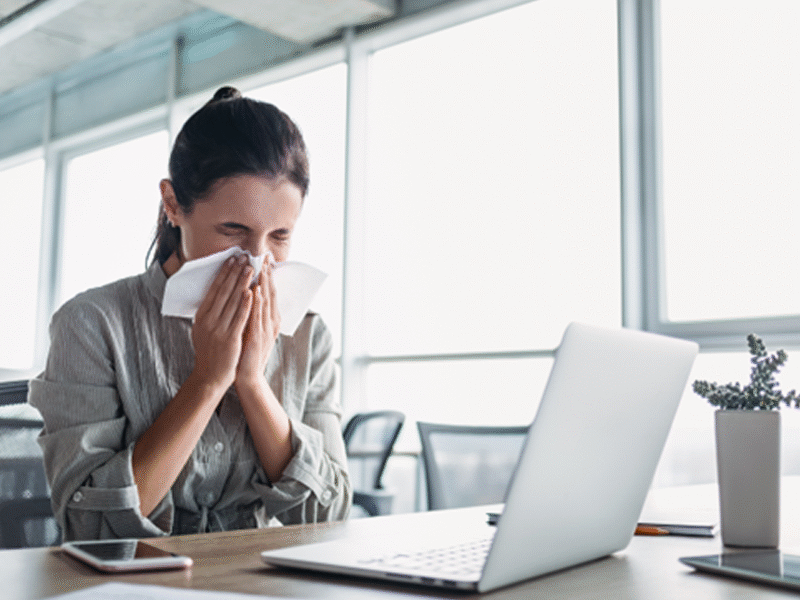Why is there mould in my house?
The most common question we face is why there is mould in my house. We call those mould assessments a causation survey, which aims to identify root causes contributing to mould growth in the property. Mould can be caused by one of the following four reasons or a combination of them.
1. Water damage
This one is fairly self-explanatory. Water damage to the property can be caused by many reasons, including leaking pipes, overhead water ingress due to hail or cyclone, failed waterproofing, drains backing up, bathroom overflow, leaks in appliances like a dishwasher, washing machine, etc. If the property has water damage for any reason, the elevated levels of moisture in building and content items will lead to high humidity and mould problems in the house. A property restoration company should be appointed as soon as practicable after the loss to dry and remediate the property to prevent mould growth.
2.Condensation
Condensation is another common reason for mould growth in residential properties. Some building surfaces like window frames, window glass, block walls, etc, are often colder than the ambient air temperature. If the temperature on those surfaces is lower than the dew point temperature, then moisture from the air will start to condensate on those surfaces and provide high moisture and humidity on the surface and surroundings, which can lead to mould growth. Many properties will have mould growth on window frames, the back of the curtains and blinds due to this reason. Good air circulation and use of air conditioning/ climate control can prevent condensation and resultant mould issues in the property.
3.Environmental conditions
Yes, outside environmental conditions can cause mould growth in the property, mainly those properties with poor air circulation and a lack of climate control or air conditioning. High environmental humidity can be caused due to weather conditions like rain and storms. If the properties can not maintain relatively dry conditions indoors during those environmental conditions, it can lead to mould growth on building structures and content items. It is recommended that relative humidity between 30- 60% be maintained in indoor areas to prevent mould growth and for occupant comfort.
4.Housekeeping
Poor housekeeping can significantly contribute to mould growth in a property. Inadequate cleaning, settled dust on content items and window seals, dust accumulation in carpets, build-up of pet hair, excessive storage of items, and prolonged presence of water or wet clothing in laundry and bathrooms can all lead to moisture and mould problems. Additionally, not ventilating the property or using climate control, and dust build-up on air conditioning filters or exhaust fans, can exacerbate these issues. Besides mould, poor housekeeping can also result in high dust levels. To prevent these problems, the property should be cleaned thoroughly and regularly using a vacuum cleaner with HEPA filters, and there should be adequate ventilation.
If you are experiencing mould issues in your property, our experienced hygienists can conduct a thorough mould causation survey to identify the root cause. IOHC can also provide recommendations for effective mould remediation and future prevention strategies.
For a quote or to organise an assessment, please contact our experienced team. Email us at info@iohconsult.com.au or call 07 2102 4210.
Do you have Questions?
Call our office, our qualified hygienists are here to help.


